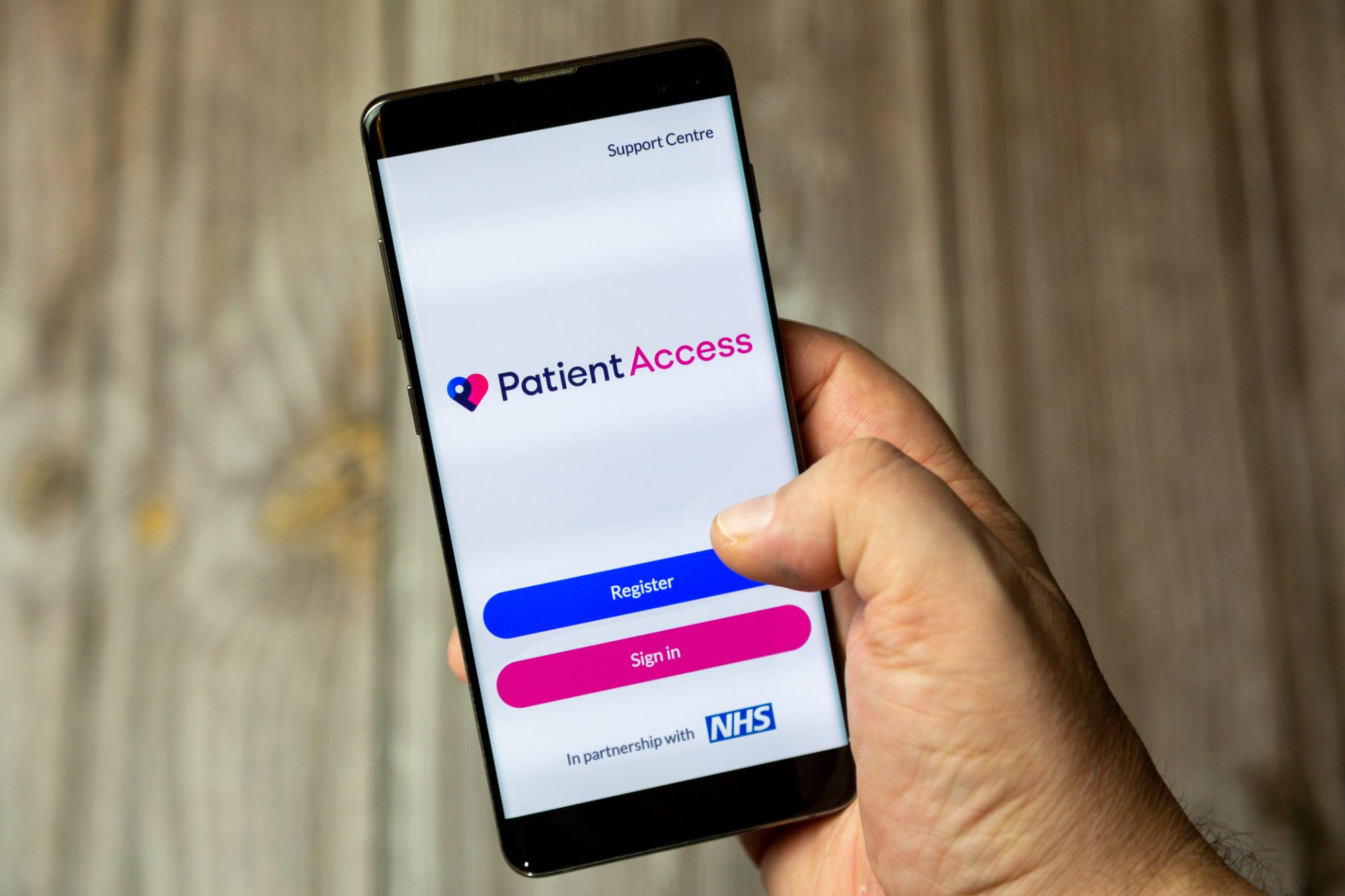Technology can help to address some of the biggest NHS challenges as long as the latest government is able to harness it
The latest person to take on the role of Health and Social Care Secretary, Steve Barclay, appears rightly interested in the potential of innovation and technology but inherits a dire position for the NHS. NHS challenges and issues around patient access to primary care rumble on, hospitals and their Emergency Departments are backed up, patient satisfaction is reaching new lows, industrial action is on the cards, and securing support for patients after discharge is difficult in a social care landscape decimated by cuts.
All of this compromises the ability of patients to get the care they need
Most worryingly, poor staff retention risks instituting a vicious feedback loop. The Secretary of State is naturally seeking solutions that will help and quickly. The solutions must be focused on supporting and retaining that workforce. That goes for every intervention the system’s leaders make.
Too often, we think of technology as a self-contained solution deployed in a vacuum. Recognising the environment technology is deployed in, and who uses and benefits from it, is key.
So when it comes to technology, the right prescription is support for spreading and refining solutions that make the lives of NHS staff easier, relieving day-to-day pressure, and helping clear the backlog. This is where the government and NHS England must focus their attention.
Easing winter pressures
To make an immediate impact on the NHS this winter and beyond, Barclay’s government can use simple tech to make an impact on the experience of those working in healthcare and NHS providers’ productivity.
Staff in trusts should be given access to the same kind of communication technology that’s quietly transforming primary care. For example, primary care adopted software to message patients rapidly during COVID, but its use had been growing before the pandemic. The simple technology involved had a huge impact.
GPs, nurses and admin staff could all make more time to care for patients and to spend with their own families at the end of a working day
We received lots of feedback on how a simple intervention – making it easy to text a patient from the desktop – made Practice life bearable again. GPs, nurses and admin staff could all make more time to care for patients and to spend with their own families at the end of a working day.
They became huge advocates for the software, and a community grew up sharing the best ways to manage workload and support patients face-to-face or digitally. They built on that success by opening ways to develop safe two-way communication with patients, saving even more time by gathering data through patient surveys or photo responses or booking over 30 million COVID vaccination appointments.
The same simple technology can be utilised a lot more in the acute sector
Waiting list validation – communication between staff and patients via SMS and online survey responses so staff can gather up-to-date information to prioritise who needs to be seen and determine the best route of care.
Patient portals and Patient Initiated Followup (PIFU) – giving patients a place to get in touch with their care teams to manage their appointments easily, meaning they can play an important role in reducing DNAs and unnecessary appointments. Portals should also give patients the ability to submit medical or admin requests that can be easily triaged and resolved through two-way messaging, avoiding appointments where they aren’t needed to relieve the backlog.

Because this kind of technology is embedded in primary care, there are even more exciting opportunities to build on it, such as finally moving GP appointment booking online. The most impactful would be facilitating the kind of invited online booking seen during the pandemic for vaccinations.
Doing this with the hundreds of conversations that take place trying to find convenient slots for appointments could save millions of hours of primary care staff time, and ensure every precious appointment slot is more likely to be used to face NHS challenges.
Time is a precious commodity
The common currency here is time given back to staff and patients – a precious commodity in the grip of a staffing crisis. Solutions like the above are only being used in pockets across the NHS and need scaling with attention, care and support from the centre and ICSs. It’s worth reviewing whether attention, funding and programmes like the Federated Data Platform or GP note patients, can be re-focussed on supporting direct care, and solutions to the most present, urgent NHS challenges.
Make no mistake, doing the above on its own simply won’t be enough, but the situation makes it all the more important that we take opportunities afforded by technology now and give the NHS workforce and patients all the tools they need.
This piece was written and provided by Matt Honeyman, Head of Policy, Accurx
Editor's Recommended Articles
-
Must Read >> How digital improvements can aid the NHS backlog
-
Must Read >> What is the key to successful innovation in the NHS?















